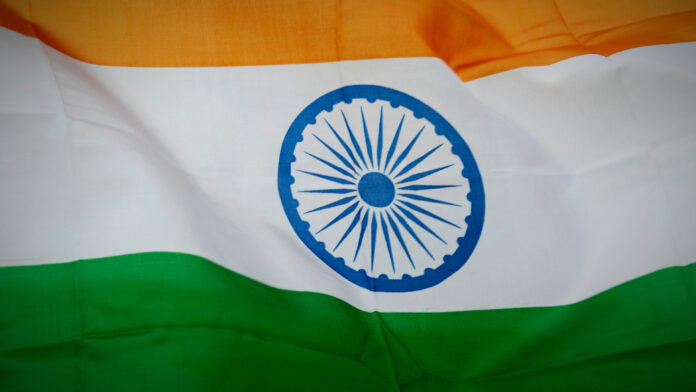The new DoT policy aims to achieve 100% population coverage with 4G and 90% coverage with 5G by 2030
In sum – what you need to know:
Universal 4G/5G coverage – India aims for 100% 4G and 90% 5G population coverage by 2030, with major fiber upgrades in rural areas.
6G innovation push – The policy targets a 10% global share in 6G IP and positions India as a top-10 R&D hub.
Boost to manufacturing and investment – A Telecom Manufacturing Zone and streamlined compliance aim to draw $11.5 billion in annual investment.
India’s Department of Telecommunications (DoT) has released a draft of its National Telecom Policy 2025, outlining ambitious goals to significantly boost connectivity and digital infrastructure across the country, according to local press reports.
The DoT confirmed that the draft is now open for public consultation, with feedback due within 21 days from July 23.
The new sector policy aims to achieve 100% population coverage with 4G and 90% coverage with 5G by 2030. It also sets out ten strategic objectives, including doubling telecom exports and startups, and enhancing India’s global position in the fields of telecom research and innovation.
In the area of rural connectivity, the new plans include increasing fiber coverage of telecom towers from 46% to 80%, achieving 100% fiber connectivity for all Gram Panchayats under the BharatNet program, and ensuring over 98% uptime. All village-level government institutions are also to be connected via fiber, according to the initiative.
With the main aim of closing existing service gaps, new schemes will support mobile network expansion in underserved rural and urban areas. Incentives will be introduced to accelerate fixed-line broadband adoption. The policy also proposes integrating telecom infrastructure with disaster recovery plans of the National Disaster Management Authority (NDMA), the DoT said.
Also, the new policy stipulates that the quality of service standards will be aligned with global benchmarks for both indoor and outdoor settings, and network coverage and signal strength will be made more transparent for users.
In terms of innovation, India is targeting a top-10 global position in 6G R&D, with a goal of holding 10% of 6G-related intellectual property rights. It also envisions substantial growth in domestic telecom manufacturing and import substitution, including the creation of a Telecom Manufacturing Zone (TMZ).
The policy also calls for a reduction in compliance burdens, faster spectrum allocation, and making spectrum more easily available for research and development.
Overall, the DoT hopes the new policy framework will double the telecom sector’s GDP contribution and attract around $11.5 billion in annual investment.
The DoT had recently introduced a sweeping set of new security guidelines for satellite communication providers, signaling both an effort to tighten national defenses and a high-stakes gatekeeping move amid increasing foreign interest in the country’s rapidly growing satcom market.
The new rules apply to all operators functioning under the Global Mobile Personal Communications by Satellite Services (GMPCS) license, a regulatory requirement for companies aiming to deliver satellite-based connectivity in India. Providers must now comply with more than 20 new security conditions. These include mandates around data localization, real-time monitoring, user terminal registration, geo-fencing, and integration with India’s indigenous NavIC positioning system — a homegrown alternative to GPS — by 2029.
The updated framework arrives just as major global players like Elon Musk’s Starlink, Amazon’s Project Kuiper, and Bharti Airtel-backed Eutelsat-OneWeb are racing to either enter or scale up their presence in India.

